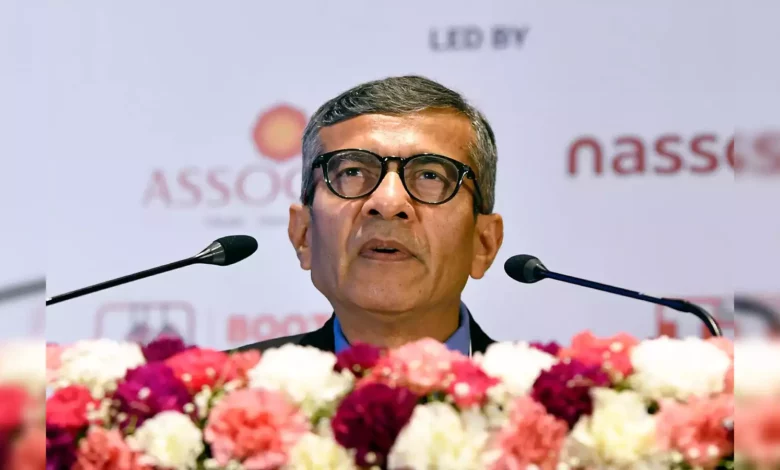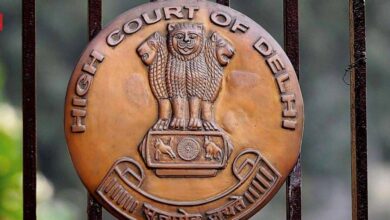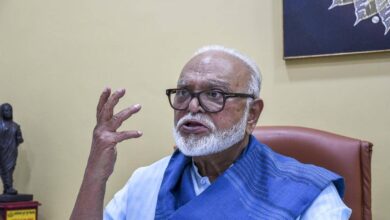
Pertinently, Union Minister Ashwini Vaishnaw has billed 12 industrial smart cities in ten different states of India, which the Indian cabinet recently passed. The project, to be rolled out in seven locations across six industrial corridors, has been accompanied by a whopping investment of ₹28,602 crore for the manufacturing sector. This was reached after a union cabinet meeting presided over by Prime Minister Shri Narendra Modi.
The proposed industrial hubs are as follows Khurpia (Uttarakhand), Rajpura-Patiala (Punjab), Dighi (Maharashtra), Palakkad (Kerala), Agra & Prayagraj (U. P. ), Gaya (Bihar), Zaheerabad (Telangana) Orvakal & Kopparthy (A. P), & Jodhpur-Pali(Rajasthan
This plan is claimed to revolutionize India’s industrial structure with a number of nodes and industrial cities that will significantly improve the country’s economy and move it to a new level of competitiveness in the global market. The project is also estimated to create about 10,00,000 direct employment opportunities and 3,00,0000 indirect employment opportunities.
These new-generation smart international industrial cities are going to be greenfield integrated smart cities implementing the ideas of ‘plug-n-play’ and ‘walk-to-work’ concepts, as said by the government. The potential investment for the entire project is, therefore, estimated to be about ₹ 1. 52 lakh crore for fostering a robust industrial environment and drawing investment from large flagship industries along with MSMEs.
Creation of these industrial nodes are planned to help realise the dream of $2 trillion exports by 2030, in line with the government’s agenda of making India a self-sufficient and competitive economy.



